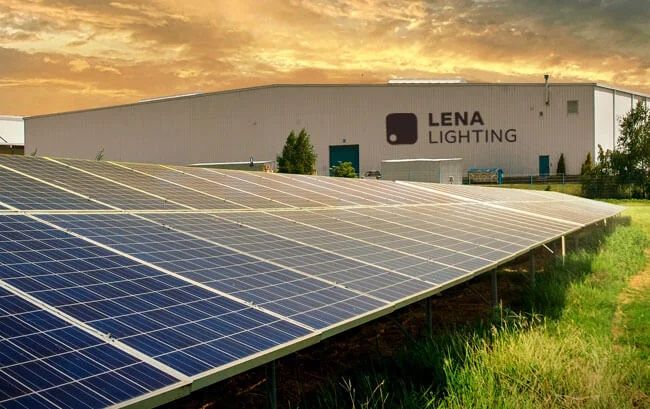How to benefit from fluctuating energy prices?
The Polish energy market is set to undergo significant changes in the coming years, including the introduction of dynamic tariffs. A new method of billing prosumers has been in effect since July 1, where the value of energy fed into the grid is determined based on hourly exchange prices. From August 24, 2024, the largest energy sellers will be required to offer this billing model to households. What are the benefits of dynamic tariffs and what challenges may customers encounter?
What are dynamic tariffs?
Dynamic tariffs, known as real-time (TOU) tariffs, take into account the changing value of energy throughout the day. Prices can change hourly or even more frequently, depending on energy demand and supply. During periods of high demand and low production, prices are higher, while during periods of low demand and high renewable generation, prices are lower.
Energy efficiency with dynamic tariffs
Dynamic tariffs can significantly increase energy efficiency in homes and businesses by requiring active management of the energy balance. What are the main benefits of introducing dynamic tariffs?
Benefits and challenges of dynamic pricing
Savings
Consumers can reduce their electricity bills by adjusting their energy consumption to periods of lower prices, e.g. by scheduling laundry for around noon or at night.
Sustainable development
Using energy during peak hours from renewable sources supports these technologies and environmental protection.
Energy system flexibility
Dynamic tariffs allow for better management of energy demand, leading to more efficient use of energy resources and grid stabilization.
Technologies for optimizing energy costs
To make the most of dynamic tariffs, energy storage systems and intelligent energy management solutions are necessary that automatically adjust consumption to the most favorable price periods.
Challenges in Switching to Dynamic Tariffs

Meter replacement
Traditional meters must be replaced with remotely read (RDR) meters, which is expected to be completed by 2030.
Knowledge and management
Consumers must be familiar with the principles of dynamic tariffs and be able to control their energy consumption to avoid bill increases.
Use of LED lighting
LED lighting is an energy-saving solution that works perfectly with dynamic tariffs. LEDs use much less energy than traditional light sources, which helps reduce energy costs, especially during periods of high prices. Thanks to their long service life and lower power consumption, investing in LED lighting can significantly reduce electricity bills. In addition, such lighting can be integrated with intelligent management systems, which generates even greater savings.
Solar energy and dynamic tariffs
Photovoltaic systems generate the most energy during the day, which coincides with periods of higher energy prices. Surplus energy can be stored in warehouses and used during peak hours, which reduces costs and increases energy independence.
Examples from other markets
Dynamic tariffs are used in countries such as Norway, the Netherlands, Spain, Italy and Estonia. Experience in these markets shows that they can help stabilise energy supplies and enable consumers to save money on their bills.
Summary
Dynamic tariffs offer a range of financial and environmental benefits, but their effective use requires education, awareness and modern technology. Adapting to dynamic tariffs can be a challenge, but with the right approach and tools, it can deliver significant savings and support sustainable development.
FAQ: